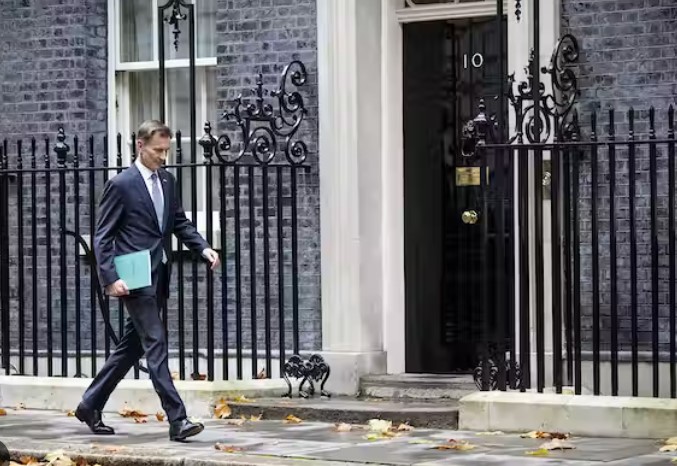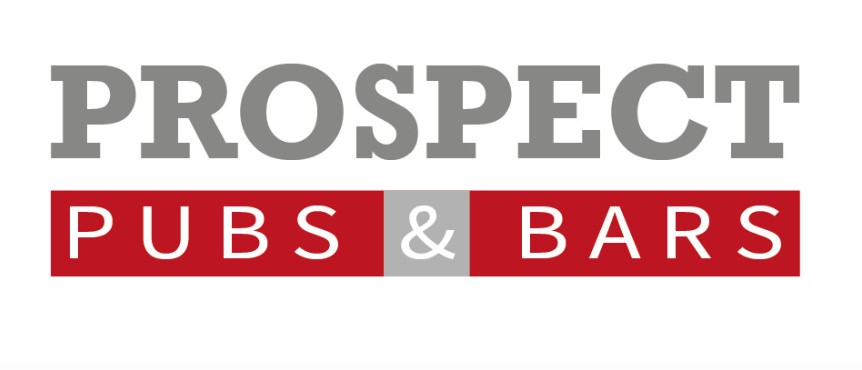Tax
Starting with stability, Hunt launched straight into the changes to the tax system with two main principles in mind:
- “those with more will contribute more”
- “avoiding tax rises that will most damage growth”
We then received a barrage of figures and details of changes, not the easiest to follow but read below at your own pace.
Firstly, the earnings threshold for the 45p additional rate of tax is to be reduced from £150,000 to £125,140 from 6 April 2023. This had been rumoured prior to the speech and was therefore not a shock to many. Also rumoured was a change to the additional rate itself, however, this didn’t come to fruition.
Opinion – “Token gesture, we want to make it look like we are taxing the rich, so you don’t shout at us about other stuff.”
Why – If you earn £150,000 per annum then additional tax to pay is £615 per annum and with the 1.25% reduction in NI (added in April 2022) you will net £477 more in your pocket over the tax year v 2022/23. With all other allowances being frozen (income tax and inheritance tax) for a further two years (2028) the Government is expecting Fiscal Drag to make them the money here, increase in salaries and inflation will drive more employees into the new tax bracket (£125,140). Previous numbers state that 32% of all income tax came from high earners (source: UHY Hacker Young). It is unknown at this stage how that number might change but in short it is simply a stealth tax – robbing Peter to pay Brian, Steve and Sarah!
National living wage (NLW) and benefits increase
The NLW will be increased by 9.7%, from £9.50 to £10.42 come April 2023. This will be welcomed by workers across the country; however, it goes without saying, the pressure on employers will therefore also rise with the increase to the minimum rate of pay. Hunt said, “It is expected to benefit over two million of the lowest paid workers in the country and keeps us on track for our target to reach two thirds of median earnings by 2024”.
The government accepted the LPC’s recommendations for the other national minimum wage rates to apply from pay reference periods beginning on or after 1 April 2023, including:
| April 2023 | April 22 – March 23 | % Increase | |
| NLW (23 & over) | £10.42 | £9.50 | 9.7% |
| 21 – 22 years | £10.18 | £9.18 | 10.9% |
| 18 – 20 years | £7.49 | £6.83 | 9.7% |
| 16 – 17 years | £5.28 | £4.81 | 9.7% |
| Apprentice Rate | £5.28 | £4.81 | 9.7% |
| Accommodation Offset | £9.10 | £8.70 | 4.6% |
Opinion – “This is tough to swallow for any employer”
Why – Additional monies generated for the treasury come from NLW increases. 9.7% on 23 and over shows support for employees (voters) but is a catastrophe for employers where most staff are on that rate (this doesn’t consider of the butterfly affect up the wage scale for higher skilled workers).
Fag packet maths suggests that for a 40-hour working week on NLW an employee will pay an additional £470.49 in tax and NI to HMRC per annum but have more money in their pocket and employers will be handing over an additional £186.37 in employers NI. With 20 employees on NLW you could be talking about having to take an additional £12,000 net per annum just to cover this increase.
National Insurance (NI)
Essentially, there are no planned changes to NI and NI reliefs for now.
Opinion – “With the U-turn on the April 2022 increase of 1.25%, “no planned changes” means stealth taxes (bold text is me insinuating there will be changes in case you missed it, they are leaving that door slightly open here).”
Why – Key word again people is “Fiscal Drag” – earn more (increase in salaries & inflation) therefore pay more.
Other News
The married couples’ and blind person’s allowances will be uprated with inflation at 10.1%. For 2023/24 married couples’ allowance will be between £4,010 and £10,375 and the blind person’s allowance will rise to £2,870.
Next up, the dividend allowance will be reducing from £2,000 to £1,000 next year. This will half again in April 2024 to £500. Similarly, the tax-free allowances for capital gains tax will reduce from £12,300 this year to £6,000 in 2023/24 and £3,000 in 2024/25.
Hunt also confirmed an anticipated pledge, that benefits will increase by 10.1%, in line with inflation, which was measured by the September 2022 consumer price index. This will ensure households will see their benefit payments increase due to the uprating from April 2023. Hunt did state this pledge is “an expensive commitment costing £11 billion”. The benefits increase also includes the state pension in line with the commitment to the triple lock.
The benefits cap will be raised from £20,000 to £22,020 for families nationally and from £23,000 to £25,323 in Greater London. While for single adults it will be raised from £13,400 to £14,753 nationally and from £15,410 to £16,967 in Greater London.
Neil Westwater, Managing Director, Polaris Elements










